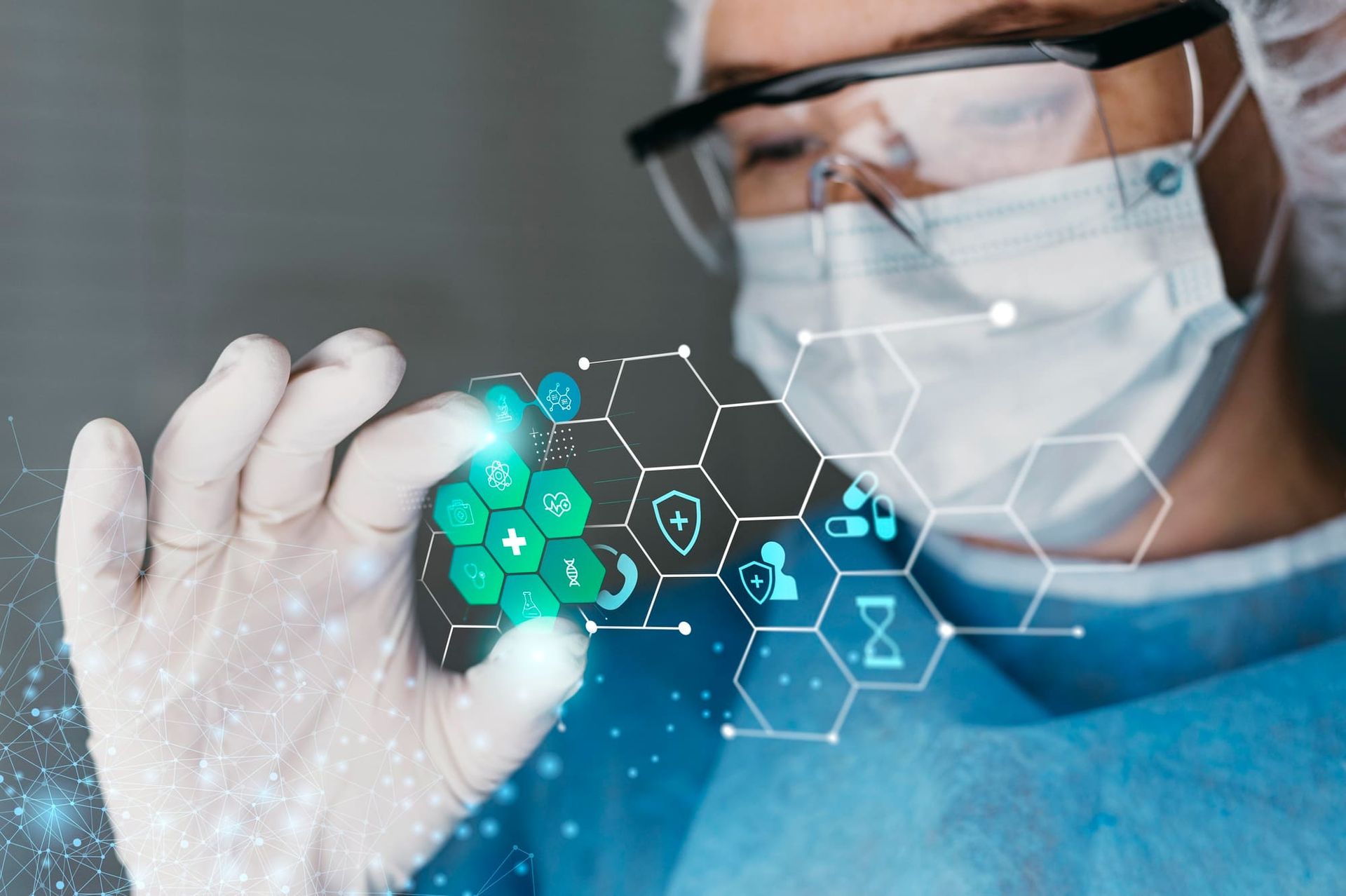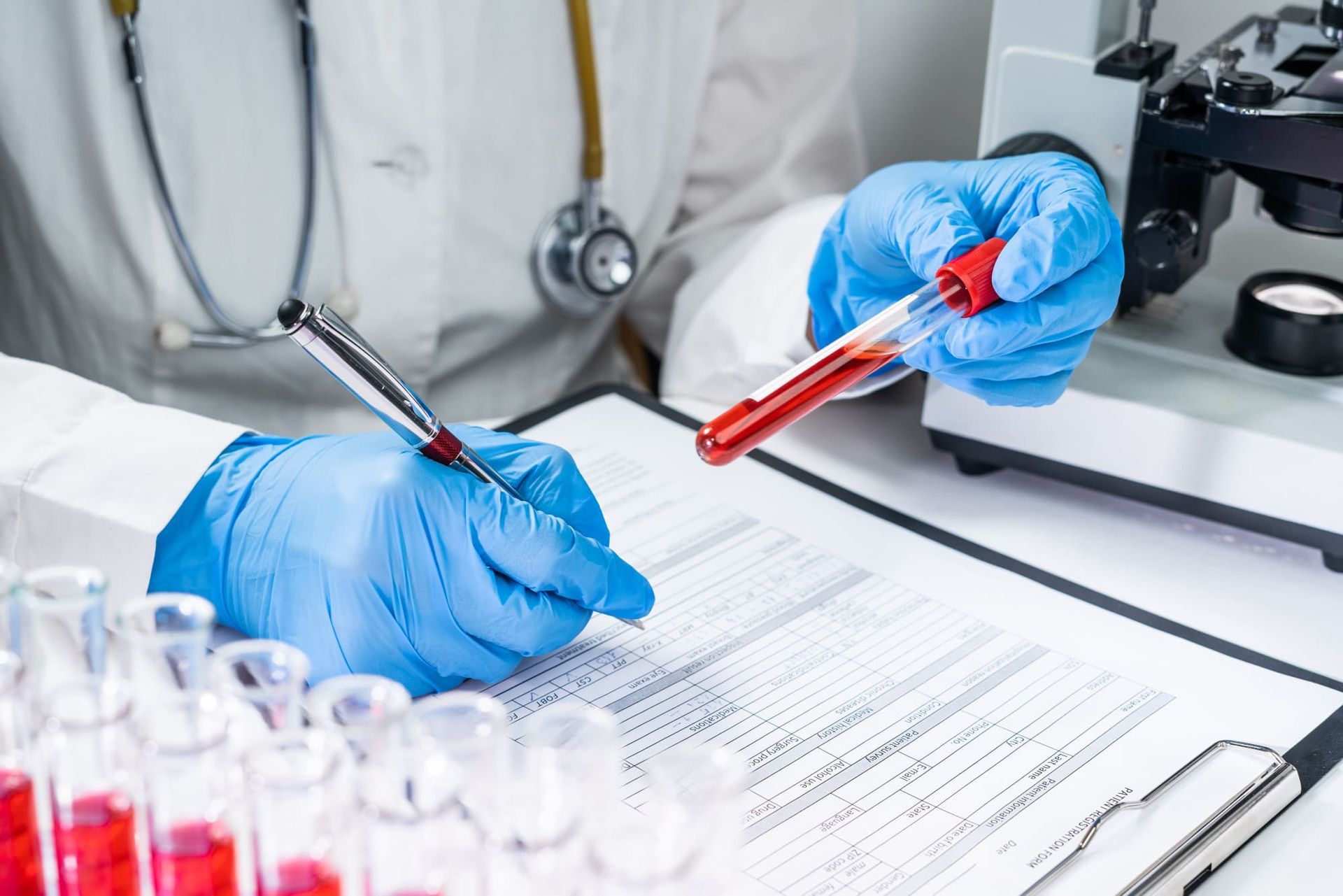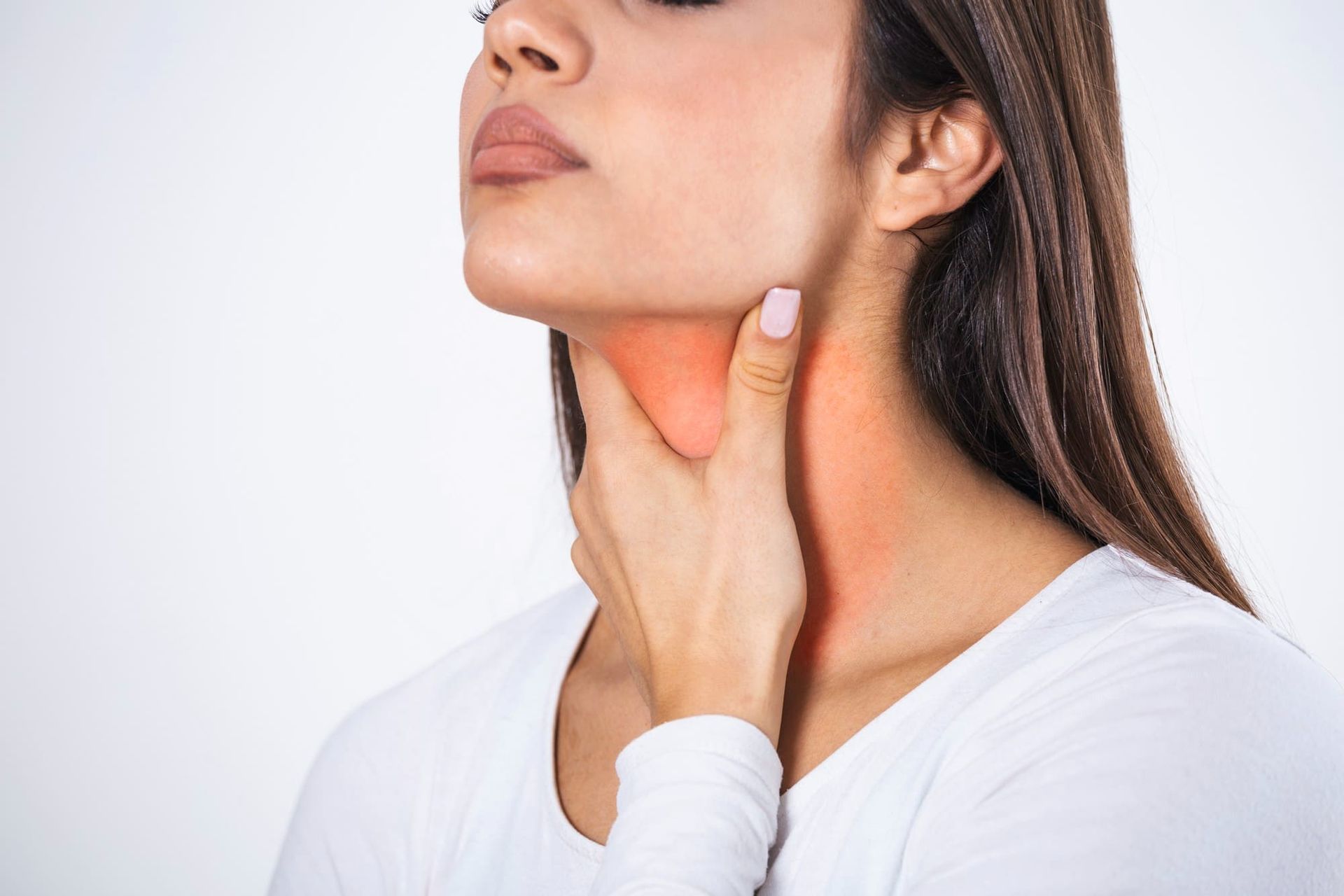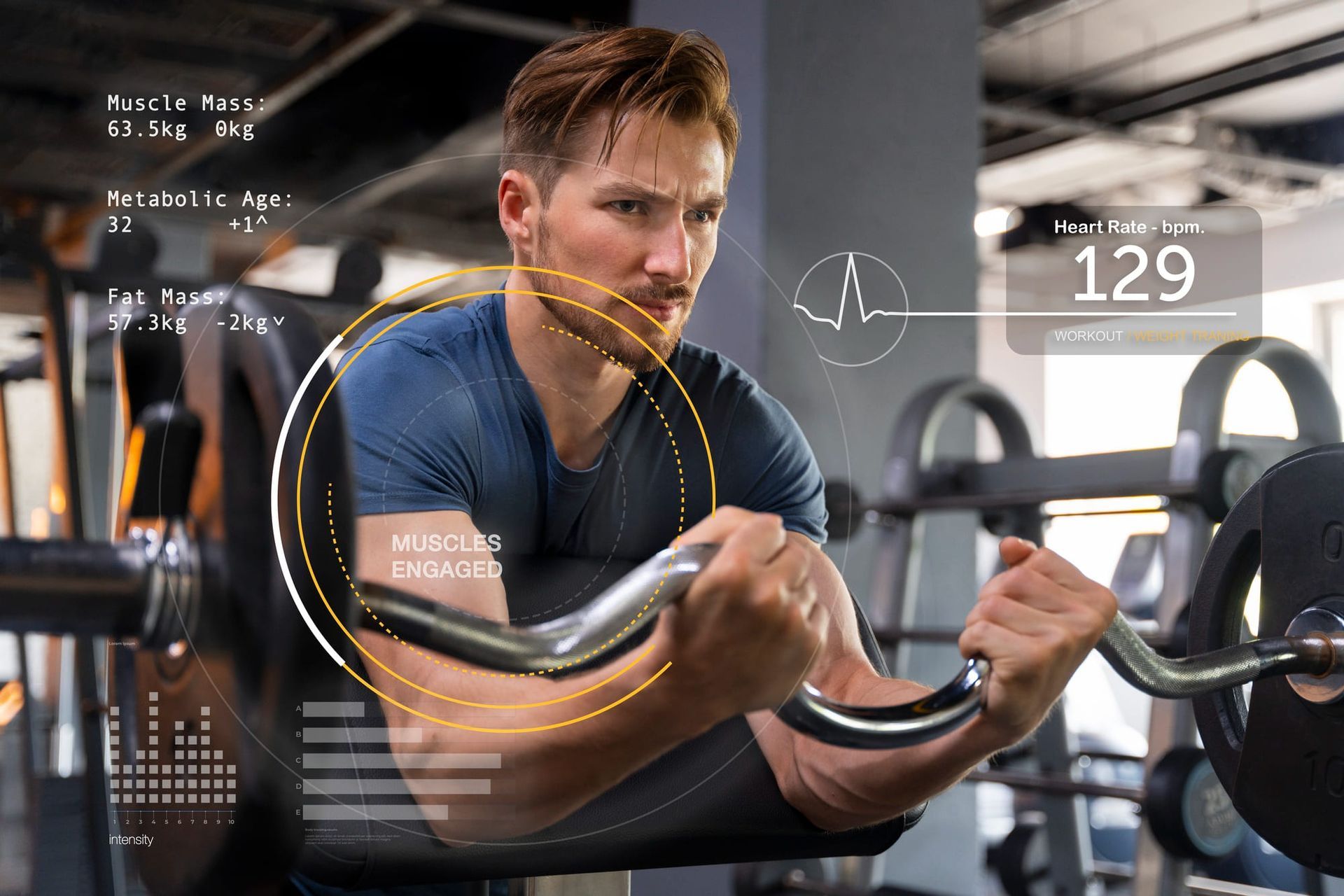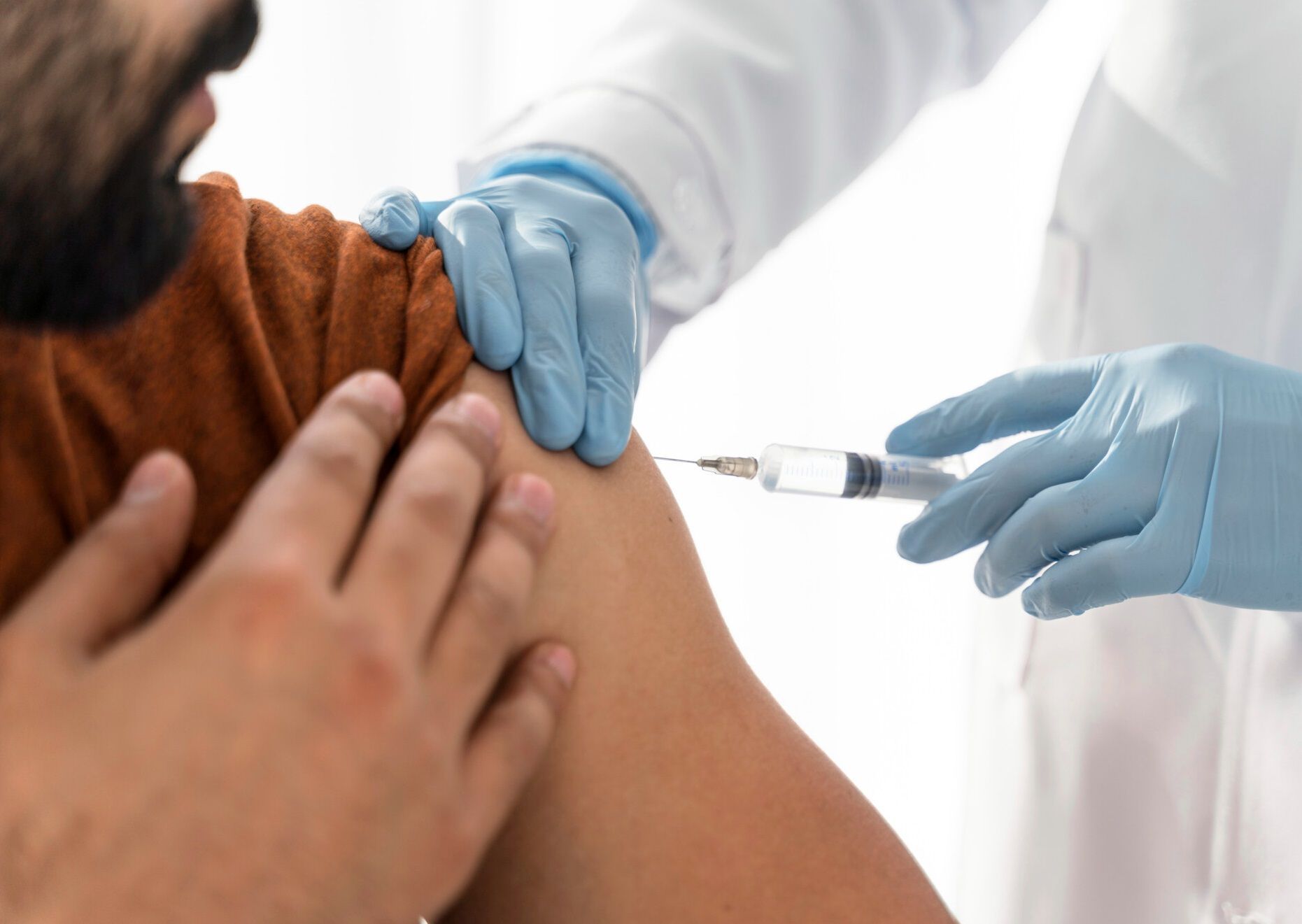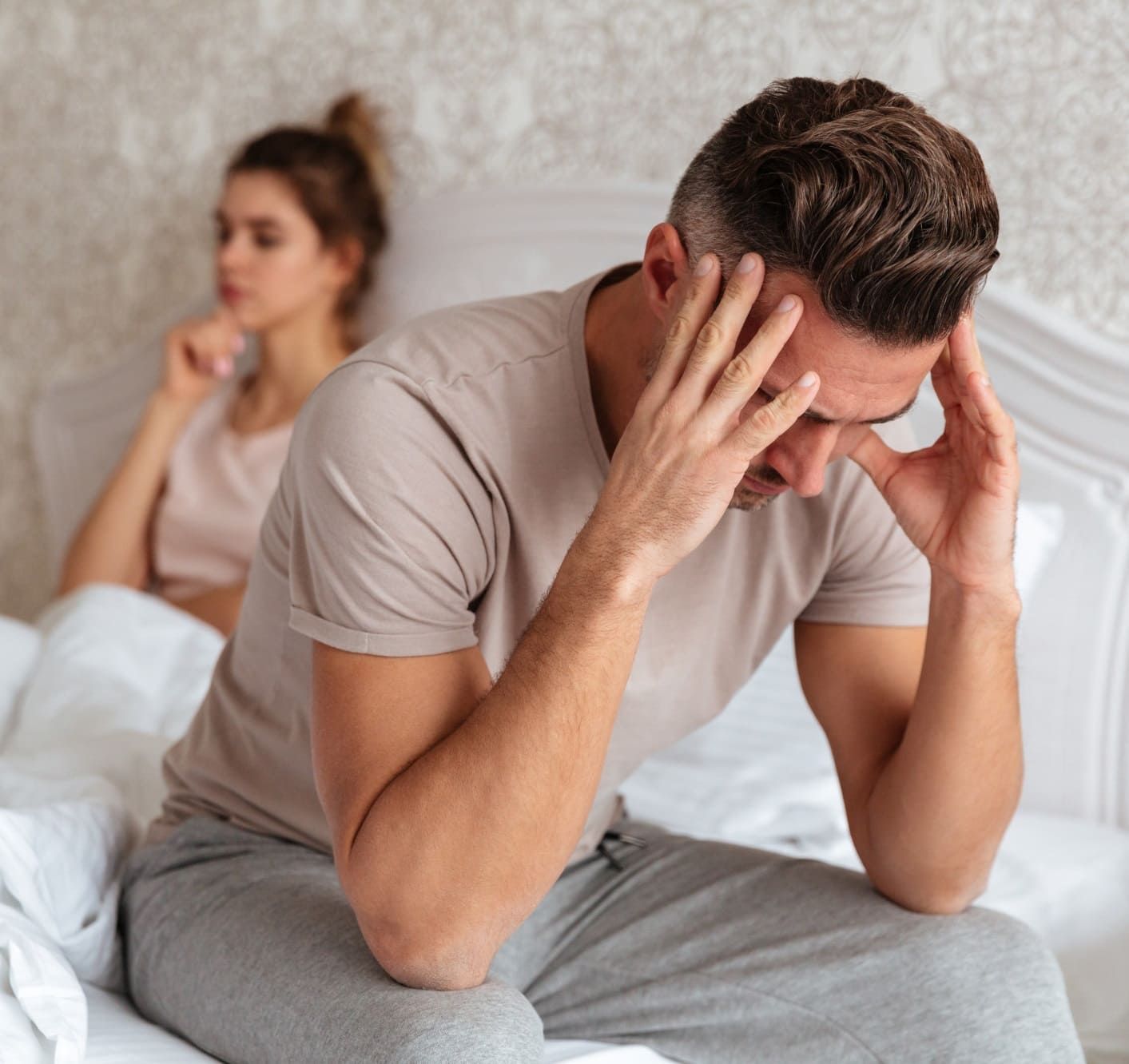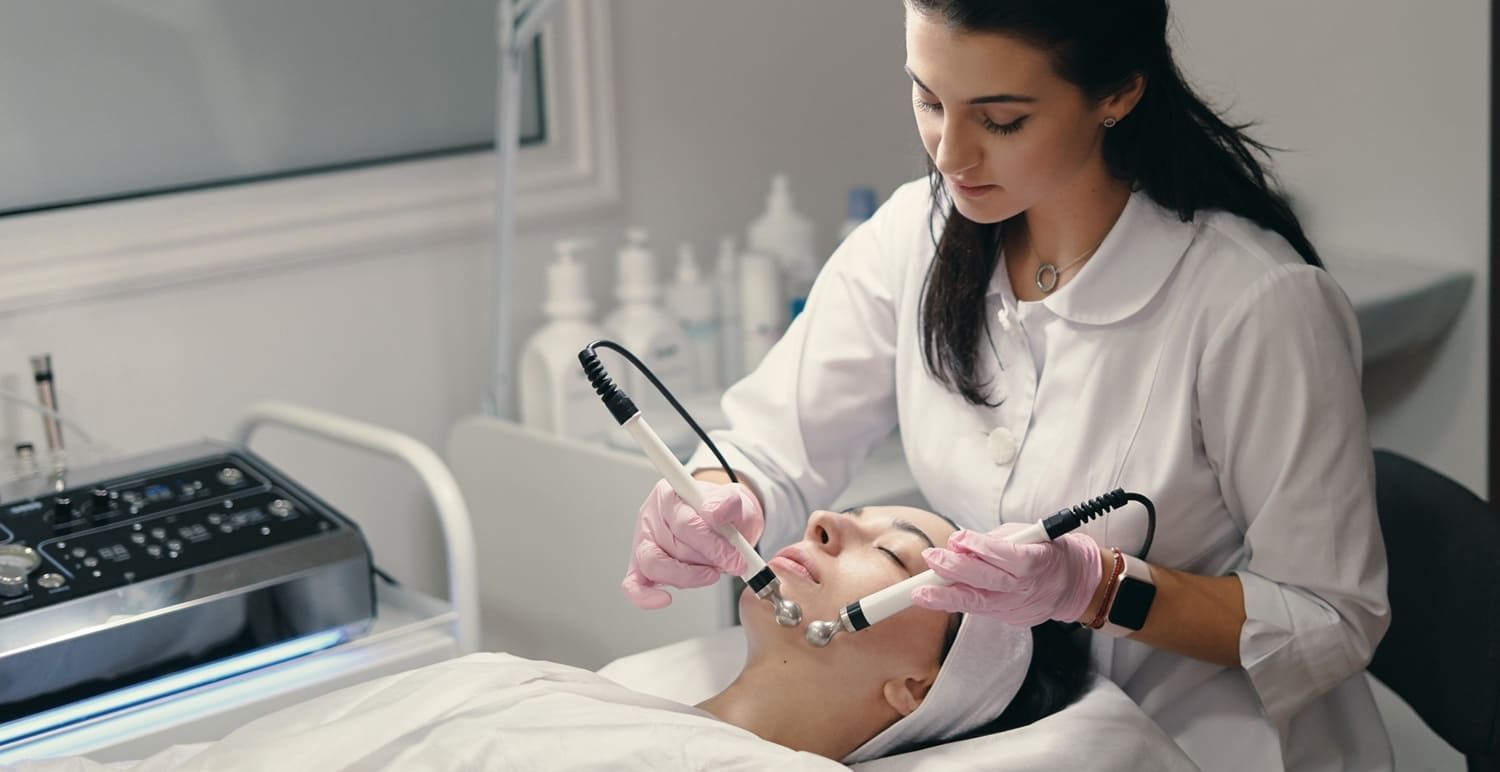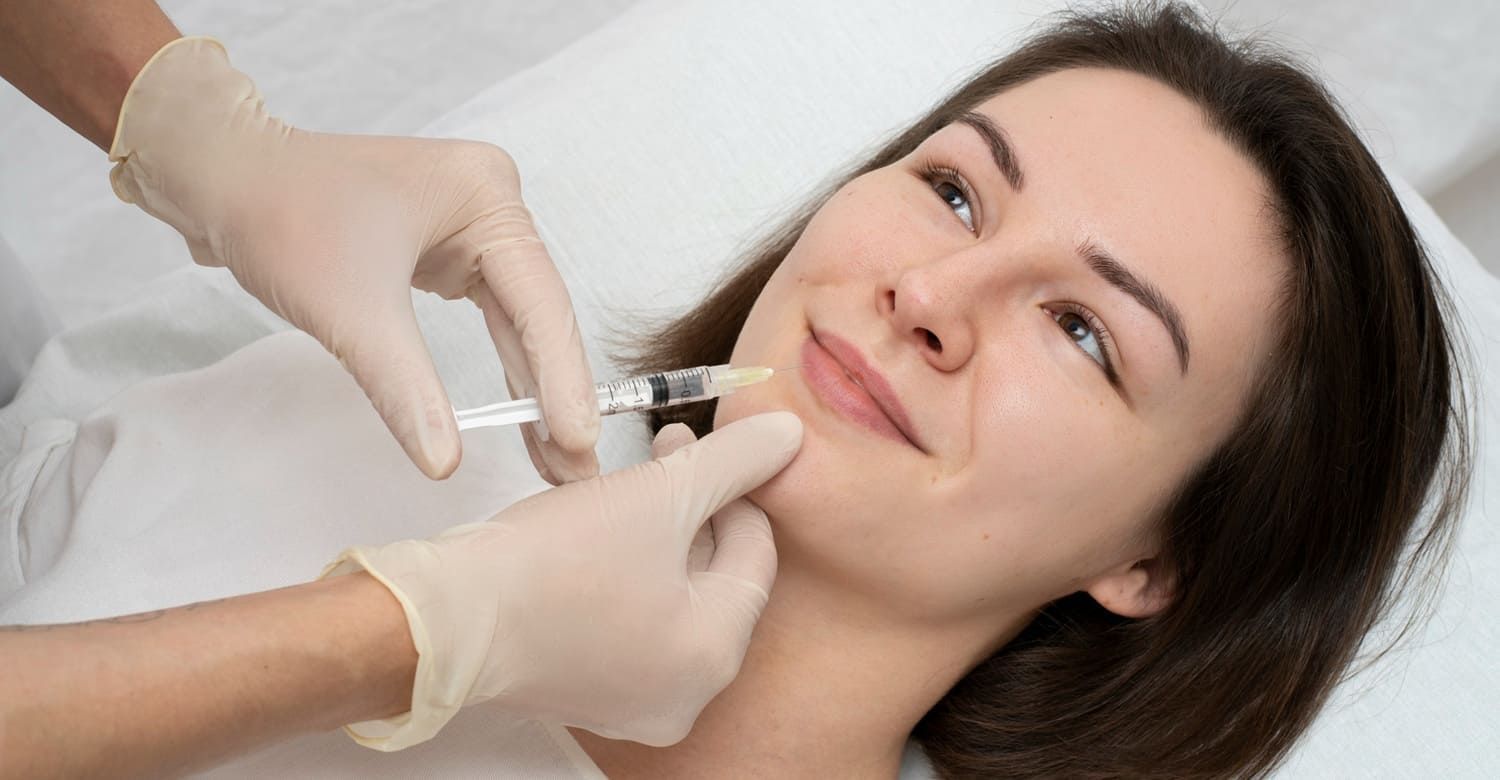7 Facts to Know About Testosterone Therapy
If you need testosterone therapy, it's important to know the facts. Find out more by reading this complete guide on testosterone replacement.
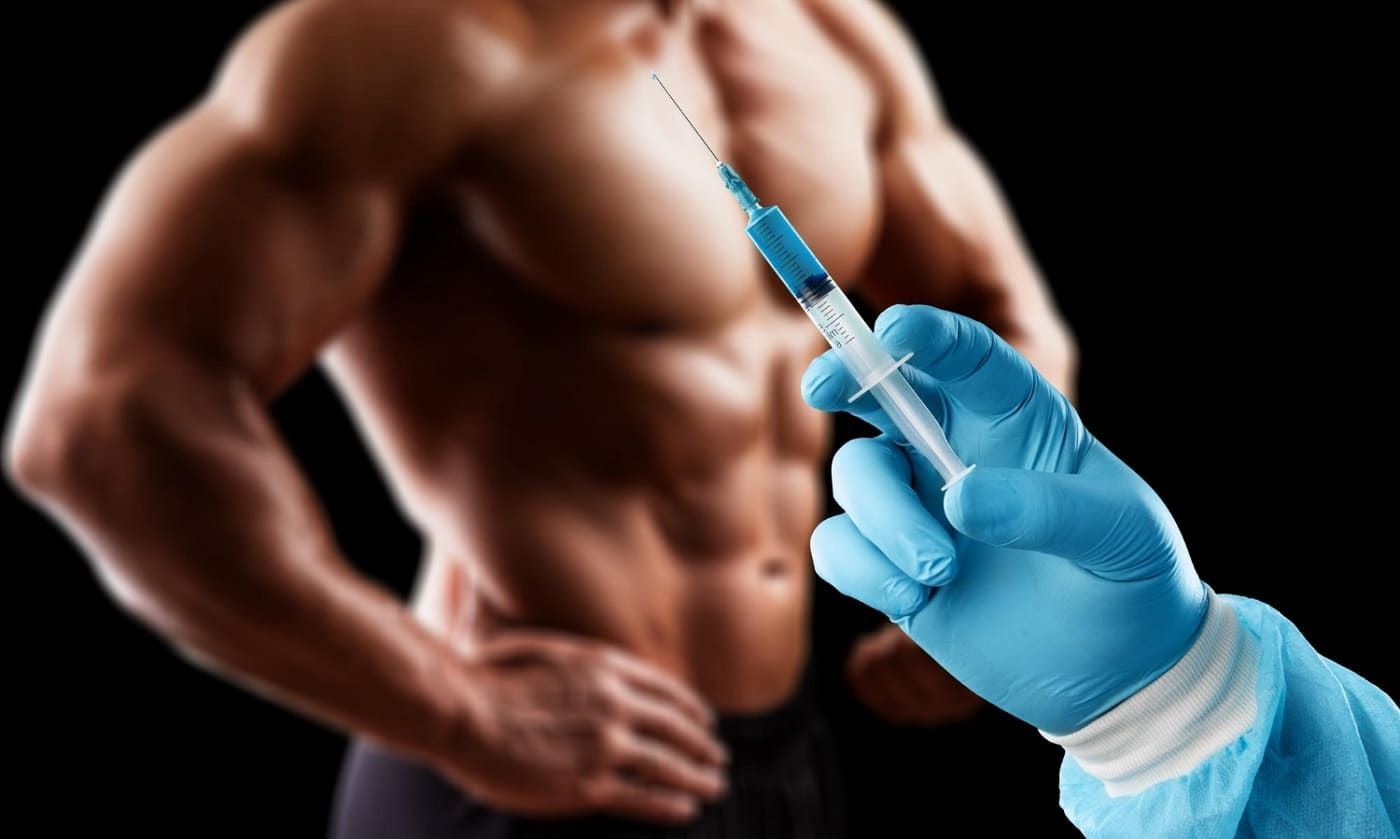
Even though testosterone is a hormone that's present in everyone (males and females) and plays a crucial role in various aspects of health, it's also a misunderstood hormone. Lots of misinformation floats around the internet about this important hormone and about the related testosterone therapy.
Testosterone therapy, often called hormone replacement therapy (HRT), is a medical treatment designed to address low testosterone levels. In this article, we'll explore seven important facts about testosterone therapy to help you better understand this treatment option.
1. Symptoms of Low Testosterone
Low testosterone, or low-T, can result in a range of symptoms. Some common signs of low testosterone include:
- Reduced libido
- Erectile dysfunction
- Fatigue
- Decreased muscle mass
- Increased body fat
- Mood changes, such as irritability and depression
- Decreased bone density
- Cognitive difficulties
- Sleep disturbances
If you experience these symptoms, it's essential to consult a healthcare provider who can evaluate whether you are at normal testosterone levels and determine if testosterone therapy is appropriate for you.
Interestingly, studies show that testosterone levels are declining in the population in general compared to prior decades. It's important to catch this issue early by getting tested. That's why regular physical checkups and blood tests are so essential.
2. Types of Testosterone Therapy
There are several methods for administering testosterone therapy. The choice of method depends on the individual's specific needs, preferences, and the healthcare provider's recommendations. Here are the main types of testosterone therapy:
Intramuscular Injections
Testosterone is injected into the muscles, typically every one to three weeks. This method provides long-lasting results.
Testosterone Gel
Topical gels or creams are applied to the skin, often on the upper arms or shoulders. Absorption rates can vary, and daily application is usually required.
Transdermal Patches
These patches are applied to the skin and deliver a steady release of testosterone. Patches are typically worn on the body and changed every day or every few days.
Oral Tablets or Capsules
Some forms of oral testosterone are available. However, they are less commonly prescribed due to potential side effects on the liver.
Pellets
Hormone pellets are implanted under the skin, typically in the buttocks, and slowly release testosterone over several months. This method requires less frequent administration.
Your healthcare provider will help determine the most suitable method based on your individual needs and preferences.
3. Benefits of Testosterone Therapy
Testosterone therapy can offer several benefits for individuals with low testosterone levels, including:
- Improved libido and sexual function
- Increased muscle mass and strength
- Enhanced mood and reduced irritability
- Improved cognitive function
- Increased bone density
- Better sleep quality
- Increased energy levels
It's important to note that not everyone with low testosterone requires or will benefit from testosterone therapy. A comprehensive evaluation by a healthcare provider is essential to determine the most appropriate treatment.
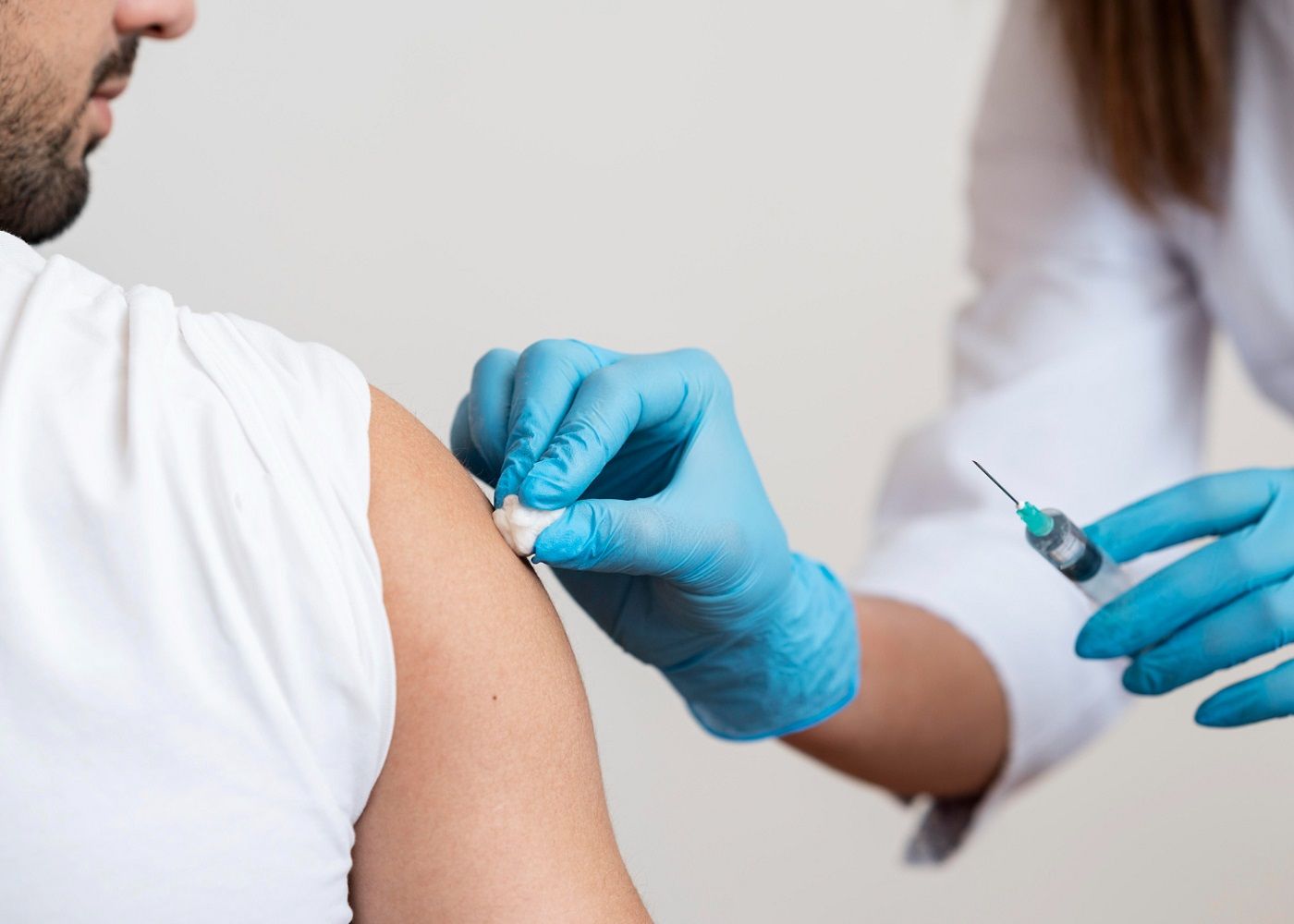
4. Risks and Side Effects
Like any medical treatment, testosterone therapy comes with potential risks and side effects. It's essential to be aware of these and discuss them with your healthcare provider before starting treatment. Some potential risks and side effects of testosterone therapy include:
- Acne or skin reactions at the application site for gels or creams
- Increased red blood cell count
- Increased risk of cardiovascular issues (e.g., blood clots or stroke)
- Potential impact on fertility, as testosterone therapy can decrease sperm production
- Sleep apnea, which may be worsened by testosterone therapy
- Gynecomastia (enlarged breast tissue in men)
- Changes in mood and behavior
While these risks exist, they are not common and should not deter individuals with clinically diagnosed low testosterone from seeking treatment. A healthcare provider will assess the potential benefits and risks on an individual basis.
5. Monitoring and Follow-Up
Proper monitoring and follow-up are essential components of androgen replacement therapy. Your healthcare provider will periodically check your testosterone levels and assess your response to treatment.
This monitoring helps ensure that you are receiving the appropriate dosage and that any side effects are promptly addressed.
It's crucial to communicate openly with your healthcare provider throughout your treatment to discuss any changes in symptoms or any concerns you may have. Adjustments to your treatment plan may be necessary based on your progress and overall health.
6. Testosterone Therapy Is Not a Fountain of Youth
While testosterone replacement therapy can provide significant benefits for individuals with clinically diagnosed low testosterone, it is not a magical solution to aging. It will not transform you into a supercharged version of your younger self.
The goal of testosterone therapy is to restore hormone levels to a more balanced and healthier range, alleviating the symptoms of low testosterone and improving overall well-being.
Don't forget that you will need to keep taking care of your physical and mental health in other ways as well. Some tips are:
- Add aerobic exercise and daily movement to your life (avoid sedentary living)
- Make sure to eat lots of green leafy vegetables and lean proteins
- Spend time with loved ones
- Have an active sex life with your partner (protected and safe)
- Don't forget to do regular physical checkups
- What's good for the heart is good for the brain (take care of both)
Testosterone therapy isn't a miracle treatment, so it can't solve all your health issues in one go. But it is definitely useful for most of those suffering from low testosterone.
7. Testosterone Therapy and Aging
As men age, it's natural for testosterone levels to gradually decline. This process is called andropause, often referred to as "male menopause."
It's essential to understand that not all age-related declines in testosterone warrant treatment. Healthcare providers typically consider hormone optimization therapy for individuals with clinically diagnosed low testosterone who are experiencing related symptoms.
If You Think You Have Low Testosterone, Get Tested ASAP
Don't feel like you have to live with low blood testosterone levels. Go for annual physical checkups and speak to your healthcare provider about whether testosterone therapy is appropriate for you.
Men's sexual health doesn't have to be a taboo subject. Pure Health & Hormone Center in Tampa is passionate about healing sexual health for both meant and women. Set up an appointment with us today to learn more about testosterone and hormone therapy.

